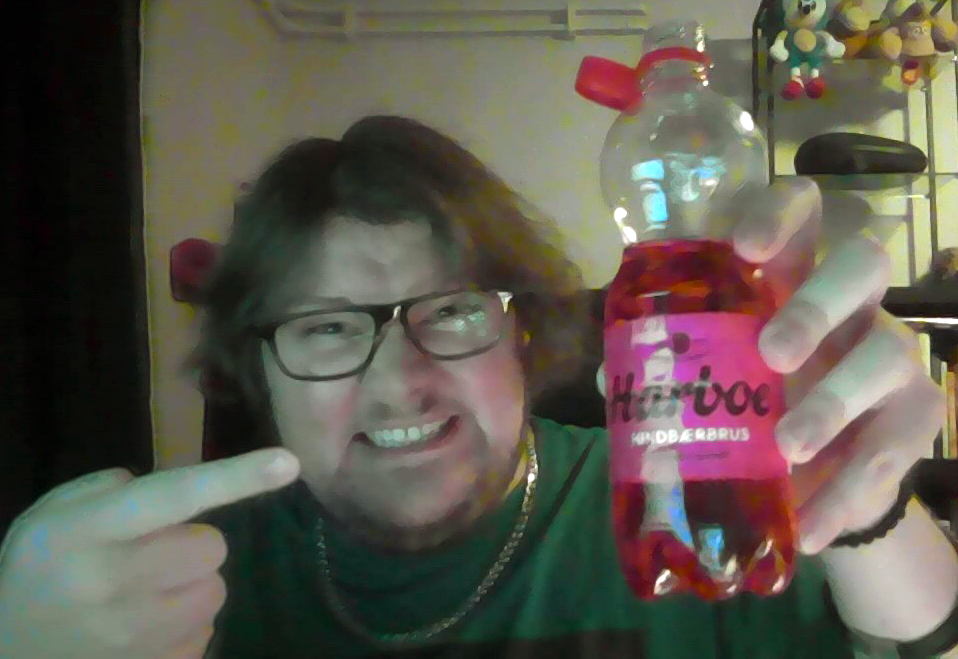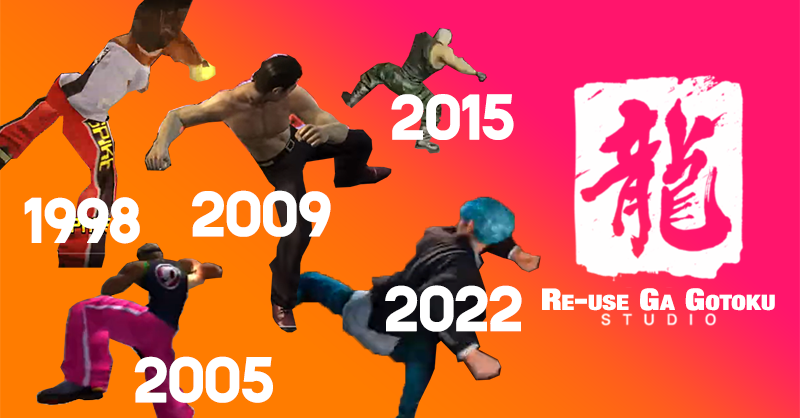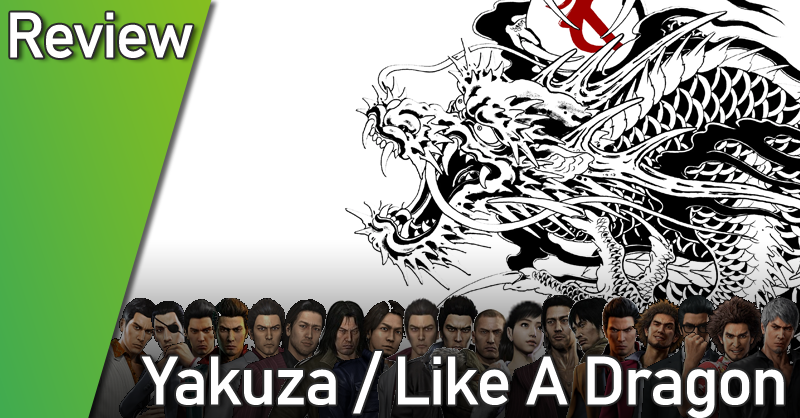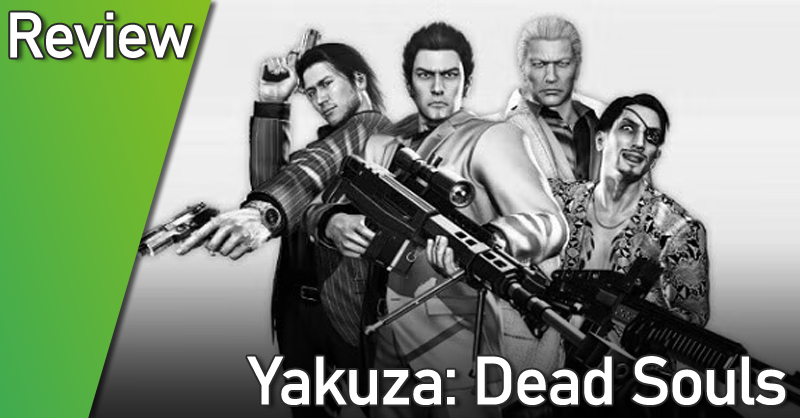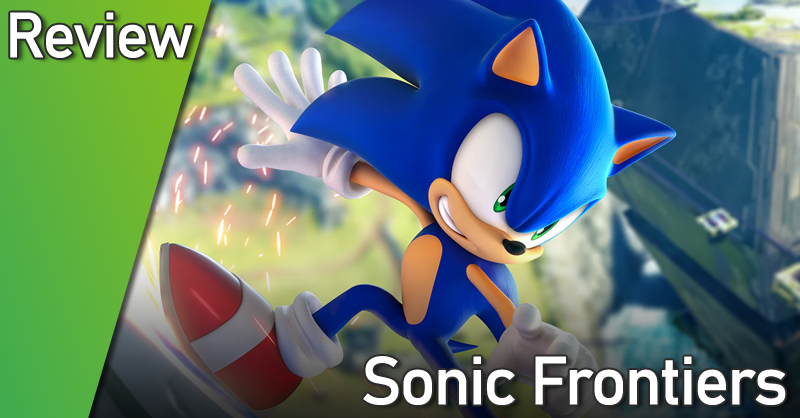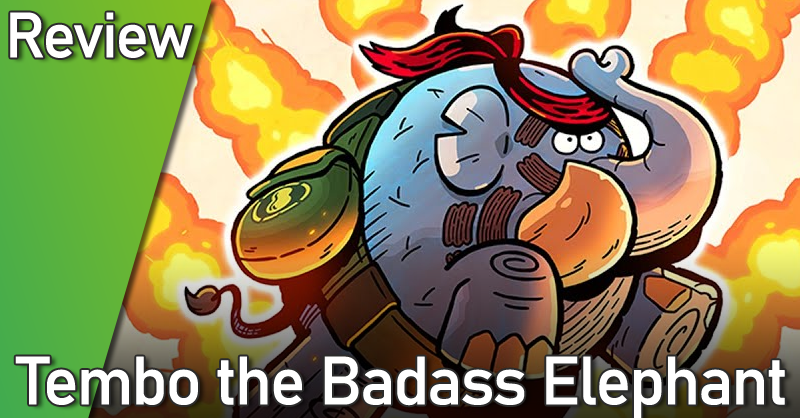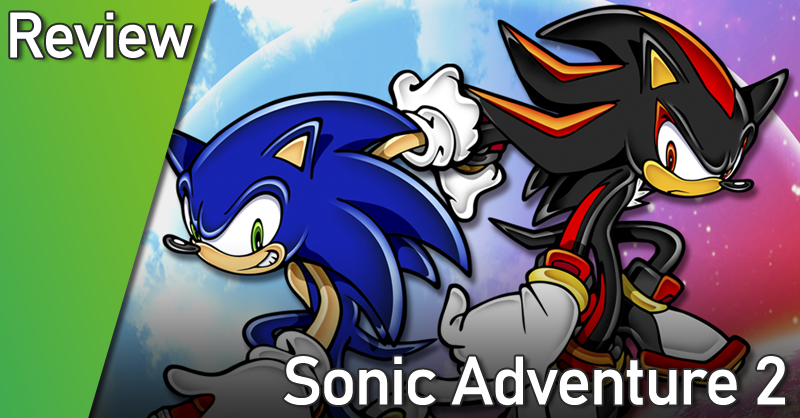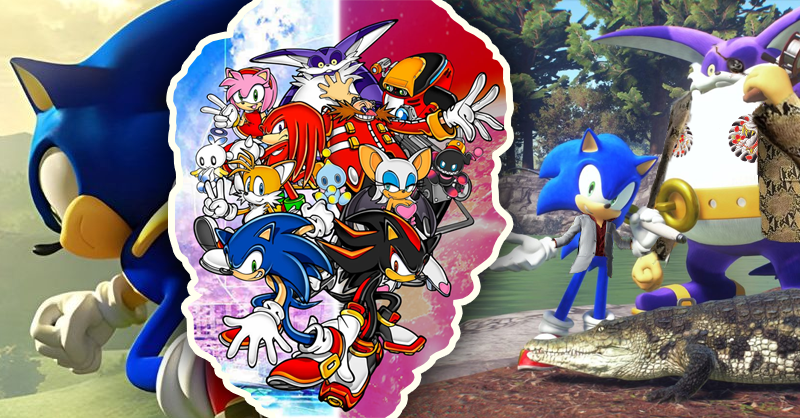Re-use of assets in this day and age doesn’t seem to be as common as it should be, at least not on the surface. I’m sure a lot of the code powering the games is similar between entries, but the presentation (think graphics, music, animations) always seem way different. Every new game seems to have been developed from the ground up, even most sequels. A few series stand out as exceptions though. I’m thinking Call of Duty, FC (formerly FIFA), and Picross, to name a few. With Call of Duty, I know there are probably thousands of people working on the games at any given time, plus there are three main studios working on new entries at any given time, so who even knows what’s new and what’s re-used. FC is mostly a yearly roster update, with a few changes here and there. And with Picross, you don’t necessarily expect massive gameplay changes so much as just new puzzles to solve.
However, one series in particular relies heavily on asset re-use, and it has basically become a series’ staple on its own. As you can tell by the title, I’m of course talking about RGG Studio’s output with the Yakuza / Like a Dragon / Judgment games. Some assets are newer, like how the base of the current Kamurocho map originated in Yakuza 6, while some things are prehistoric by comparison, such as entire movesets being re-used from SEGA’s SpikeOut (released in 1998!). (Check out this video to see some examples primarily focused on Heat actions). I wanted to analyze how and why RGG ”get away” with as much asset re-use as they do in their LAD games compared to other games & companies. I’ve split this analysis into several topics where I go over how they re-use assets, why they can do so, and a small note comparing them to other games and companies on why they’re at times exclusively positioned to take advantage of it.
Genre: The LAD games are in a genre that easily lends itself to asset re-use. It’s an open-world (hub area?) game wherein you can find a plethora of activities to partake in. The maps are often re-used (Kamurocho has appeared in all 9 numbered entries), but they do a good job of varying them up despite this: Add or remove a store here and there, change a building every now and then through the story, make a place more interesting by adding a minigame, etc. All of these changes also add character to the location itself, making you look back at it fondly. ”Remember when there used to be a park here? Remember the alley that was here?” Things like that. Had these games been linear experiences á la Call of Duty or Uncharted I doubt they would’ve been able to do or achieve this to as great of an extent.
Foundation: The foundation these games are built on is solid. Before I go into detail, this is a series that builds upon itself. While two entries may seem similar, assume the later release is an improvement on the last. The combat gameplay is fun, whether we’re talking about it as a brawler or as a turn-based game. They may not have the most advanced or in-depth mechanics, but they are deep enough that you can vary up your playstyle quite a bit. There’s something to do everywhere, and every activity is at least interesting enough the first time you experience it. Simply exploring the towns can be fun, even if you’ve played several games that use the same city. The way they change the cities between releases, the way they place substories, even the way collectibles work in some entries. The cities are often dense as well, so you’re never far from an activity. With other games it’s hard to determine what the foundation actually is, but I assume either spaghetti code or mismanagement hinder some studios from having as strong of a foundation as RGG have.
Minigames: The minigames in these games are easily re-usable as a lot of them are based on existing games with established rules. Card games like poker and blackjack should work the same no matter the game, so re-using them is a no brainer. The same can be said for the other gambling games like mahjong, shogi, and koi-koi. Darts, pool, and bowling all fall into this category as well. I’ve already mentioned about 10 minigames, so imagine having these in addition to other both old and new ones every game. There’s no shortage of side activities no matter the game, which both helps add value to each entry and helps vary up the gameplay, making it easier to justify purchases and harder to burn out on the series (if you actually play the minigames, that is). Other game series’ have minigames as well, but not nearly to the extent that LAD games have, with the exception of literal minigame compilations.
SEGA games: The above point isn’t even accounting for the arcade games, which are actual full video games stuffed inside these games. The lineup varies between games, but throughout the series they include Virtua Fighetr 2 and 5, Sonic The Fighters, Motor Raid, Virtual-On, SpikeOut, Out Run, and Puyo Puyo, just to name a few. Some entries even include a dozen or so games for the SEGA Master System, such as Alex Kidd, Flicky, and Alien Syndrome. For some LAD games I’d even go so far as to call them game compilations of their own, just because they include so many real games. Anyway, like before, if you tire of playing the actual LAD game you’re playing and want to vary it up, you can just go to an arcade and play Out Run for a while. This point isn’t re-use of content in the typical sense, but they are re-using their old SEGA games in a similar way as they do poker or darts. This is a difficult aspect for other companies to catch up to, if at all possible, as it requires having tons of old games that they’re willing to add ”for free” in a game, so this is basically bonus points for RGG’s games.
Varied minigames: Now that you know what type of content you can experience in each game, imagine not knowing what you get. They have developed such a huge selection of minigames over the series’ 20 years that they can re-use any of them at a moment’s notice and still have them maintain the allure they had the first time. Yakuza 0 introduced the Cabaret Club minigame, which was re-used in Kiwami 2 and so far never again. Pool was a staple from 3 to Kiwami, then went away until it was reintroduced in Gaiden. When will it return again? Who knows, but fans were excited when it returned. They’ve done this with several minigames over several games, and they’ll continue to do so. As minigames aren’t essential content, I’d say this is a good way for them to add variety without necessarily adding anything new, while also decreasing the risk of players getting burnt out on them. This aspect is also pretty unique for RGG, as they seem to be the only ones able/willing to re-use as old content as they are, and just the sheer amount of minigames they have access to would require years of dev time I don’t think any company is willing to invest in.
Exciting story: No matter the subject matter, the story is always presented in a bombastic way. Plot twists, exciting action segments, and grand themes all make for an entertaining story. Some are better executed than others, but they can’t all be winners. In any case, the overall story keeps at least me engaged and wanting to know what happens next, which keeps me hooked on the series. I assume this works for several others as well. In addition, it’s storytelling, whether main plot or side content, is not one-note. You have serious moments intertwined with comedic, action-packed, or heart-wrenching scenes. The full range of emotions is on display, which varies up the tone in a way that keeps it fresh as you progress.
In comparison, a lot of games seem to be tonally the same throughout. You have the humorous games like Goat Simulator where everything is wacky, serious games like Mirror’s Edge that may have some jokes but overall are serious, or horror games that just exist to scare you. These all have a place, but they feel so one note in places where LAD doesn’t.
Likeable characters: Coupled with the story, you have the characters within, almost all of whom are likeable. No character is one dimensional so you can never truly figure out what anyone is thinking at any given time. They all have depth, enhanced by the smaller moments in the story or substories where the characters are just hanging out. This again hooks you on the games, as you want to see what happens to your favorite characters in the next game. Some of the earlier entries seemed to have a problem keeping people around for sequels, but that has improved as of late, so the point stands. In contrast, a lot of the big games seems to rely on the one-trait characters. The Straight Man, The Smart One, The Joker, The Bad Guy. You can get memorable characters from that too of course, but they need depth if you really want people to care.
Energetic presentation: Finally, and what I think may be the most important aspect to think about, is that the games are presented in such an energetic way. You need look no further than the gifs and memes available. Kiryu dramatically answering a phone? Or dramatically showing off his pocket circuit racing car? Or starting crying when he lost? Or Ichiban riding a bike as if it were a motorcycle? Or all the cinematics made for mahjong? My point is, everything feels as if it was made with passion, everything has a certain energy behind it that keeps you wanting more.
To compare it with Assassin’s Creed, another (previously) yearly open-world franchise that has minigames and missions in them that were re-used between entries, basically none of the side activities have any real energy behind them. Minigames are presented matter-of-factly. Two people drinking beer. People playing checkers. Stone stacking. Whatever. You may get a neat sound effect for winning, but other than that it’s essentially golf claps. You win and go ”yes” and the opponent goes ”well done. Another game?”, or you lose and go ”Not my day” and the opponent goes ”looks like lady luck was on my side! Another game?” Very low energy presentation that makes the player have low energy, which increases the risk of burning out, and this energy applies to the entire game. Keep the energy high and the player’s energy will remain high for longer, keeping them interested. At least that’s how I see it.
Conclusion: The LAD games are dense games, taking place in compact cities filled to the brim with activities to do. The series’ energy is consistenly high with exciting stories and likeable characters, which keeps players engaged. All of this has been built on an extremely solid foundation in a genre that lends itself very well to asset re-use. Couple that with consistent quality releases and SEGA’s charm and it’s no wonder they ”get away” with asset re-use.
